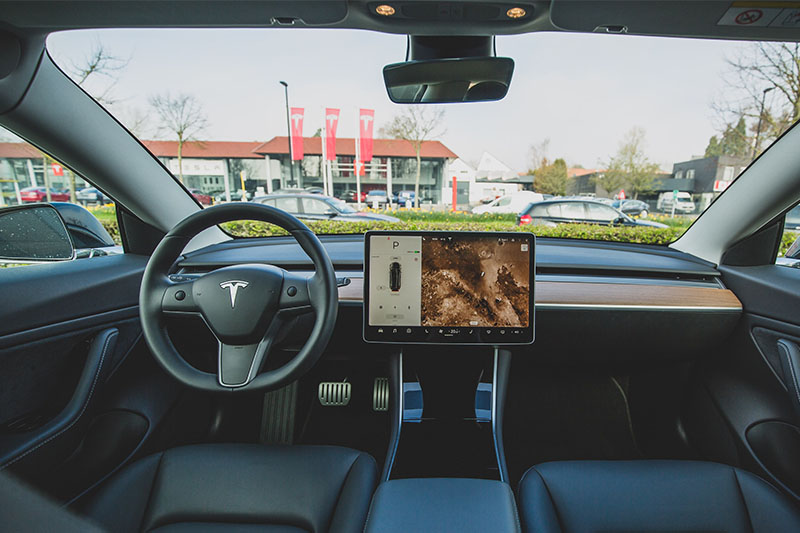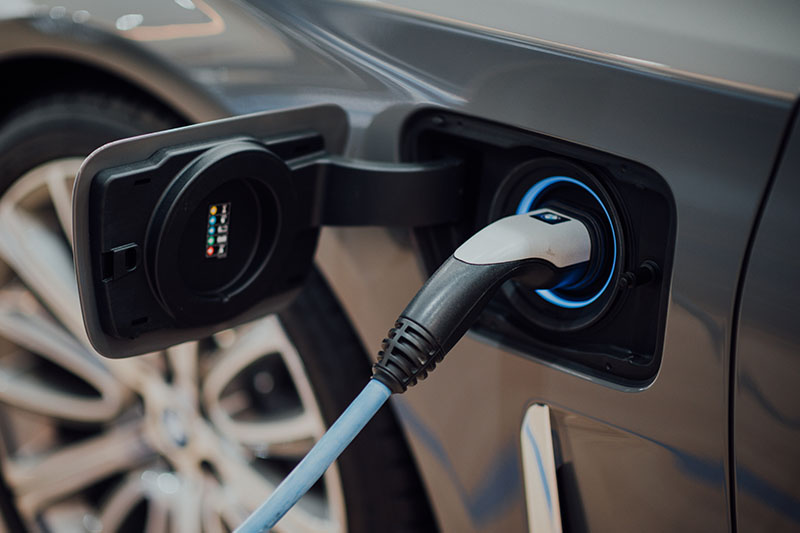The automotive industry has long been a cornerstone of the industrial and tech sectors – but it’s changing rapidly amidst self-driving cars, increased connectivity, and longer-range electrical models.
With the accelerated digitalisation of the world, the automotive industry is expecting enormous changes in the coming decade. The industry has already transformed substantially in the last five years as cutting-edge tech have revolutionised lifestyles and given birth to newer needs.
Perhaps, just as this McKinsey report predicted in 2016, the auto industry is gradually moving towards the future age, wherein automakers will find themselves generating more revenue, and users will find themselves enjoying innovative driving solutions.
Let’s have a look at the top 6 tech trends that are the biggest drivers behind this enormous transformation of the automotive industry.
Increased Connectivity
In a digitalised world, increased connectivity will accelerate mundane admin processes, such as insurance and maintenance, helping car owners spend less time on paperwork and more time doing things that bring value to them.
Already, automotive authorities have started offering a digital identity to the vehicles, which differentiates one from another. This could replace traditional vehicle documentation altogether, and allow vehicular data to be tracked for both governmental purposes as well as individual security applications.

AI-based Autonomous Vehicles
Artificial intelligence could play a major role in the automotive industry in the near future. Toyota’s recent partnership with Nvidia is illustrative of the enormous future potential that automotive manufacturers see in artificial intelligence, which will merge hardware and software. Artificial intelligence could enable smart travel and autonomous, self-driving vehicles. These cars do not require drivers and rely on sensors and software for navigation and control.
Already, manufacturers are joining hands with pioneers in the AI and machine-learning field to develop innovative applications for this technology. However, it is worth noting that safety issues – and ethical dilemmas – remain a sticking point for this sector and an AI-related safety mishap could be the end of a manufacturers’ reputation.
The current coronavirus crisis has only strengthened the case for AI-driven autonomous vehicles. These vehicles promise the execution of simple tasks, such as getting groceries delivered, without having to compromise on social distancing.
Even before the pandemic, leading companies like Tesla had plans to launch 10,000 robo-taxis by the end of 2019. However, due to the COVID crisis, this ambitious goal has been pushed back to be completed by the end of 2021.
With the autonomous vehicle industry estimated to be worth USD 556.67 million by 2026, it’s likely that investments will continue to pour in – especially as further applications are explored.
Shorter Model Cycles
Previously, it was common to see newer models released 5-10 years after the advent of the original model.
However, lately, a new automotive trend has seen this model cycle reduced to 1-2 years. Automotive companies are now more inclined to release newer models more frequently, allowing them to increase their revenues as people upgrade their cars. This may mean that firms may choose to target more niche demographics with their latest models, allowing them to cater to specific needs and adopt a consumer-centric approach.
However, the increased pace may mean that automotive manufacturers may be hard-pressed to keep development costs low. With an accelerated pace comes a greater cost of R&D, so only time will tell if this trend is sustainable in the long-run.

Digital Marketing & Dealing
The coronavirus pandemic has propelled the automotive industry into the digital landscape this year – with mixed results. So far, 81% of the buyers are not comfortable buying new or old cars online, so there is a certain reluctance from consumers, especially when it comes to such a big-ticket purchase.
However, as marketing experts scramble to devise a seamless shopping experience, complete with detailed virtual tours and frictionless payment methods, manufacturers hope to normalise buying cars online and drive that level of trust up.
In the short-term, car dealers and automakers may struggle to retrain their current staff to adapt to the imposed changes. However, the payoff may be worth it, allowing the industry to reach more consumers faster – and with lower workforce and showroom expenditures – in the long run.
Electrification
The usage of vehicles has benefited mankind by making commuting easy. However, cars contribute to 15% of carbon dioxide emissions, which depletes precious fossil fuel reserves and causes potentially irreversible environmental damage.
Electric cars, on the other hand, are lauded by proponents for their higher levels of energy efficiency, reducing fuel usage and harmful emissions. Run by batteries, they can be charged on clean energy from renewable sources. In fact, several major automotive companies have jumped on this bandwagon, developing their own electric models.
However, the technology still faces doubts from the consumer side. For greater adoption, the prices need to be lower. In addition, infrastructure is still lacking, with charging stations difficult to locate in more rural areas.
Shared Mobility
Aside from electric cars, shared mobility is a growing industry. A subsection of the sharing economy, which encompasses coworking spaces and short-term leases, shared mobility encourages people to share vehicles so that transportation requirements get met without increasing the number of vehicles used.
In a more commercial application, Uber has also leveraged shared mobility to encourage others to share their vehicles for profit, tapping into an existing network of individually-owned cars without needing to raise the corresponding capital to back it up.
In Singapore, a new startup called Beam promotes e-scooters. They offer integrated e-scooter for shared mobility. Users find the nearest Beam e-scooter through the official app, use it for transport, and then park it in the visible public spot for other users.
Although COVID-19 has certainly dampened enthusiasm in shared mobility systems, there is no doubt that this cost-effective profit model will likely find a way to survive – and flourish – albeit in new and novel ways.
Related Articles
The 12 Biggest Global Technology Trends in 2020
The Future of Retail: 2020 Industry Trends from E-Commerce Expert
E-Commerce: How Consumers Expectations Have Driven Faster Delivery Times





